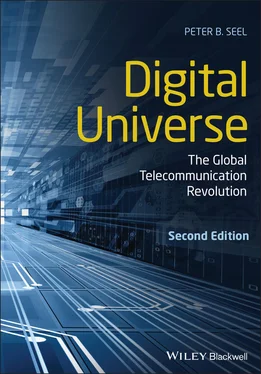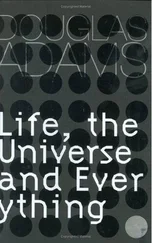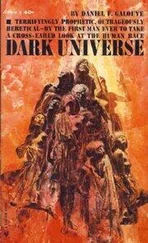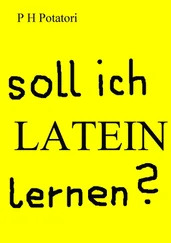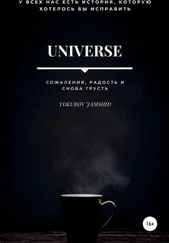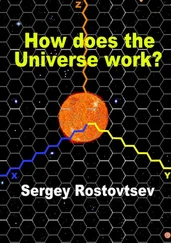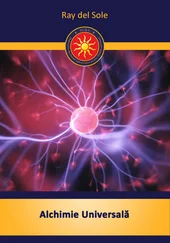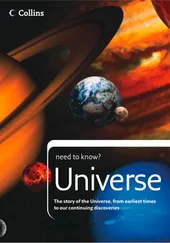Trump came to power by exploiting the flawed incentives built into social media platforms: their promotion of outrage over reasoned discussion, their emphasis on personality over substance, and their unwillingness to monitor the information being shared. 12
Social media sites have claimed that they are a conduit for the free expression of ideas and should not have to censor their user’s posted content. However, the excesses of the Trump presidency and his failure to accept his loss of the 2020 election led to the riot in Washington. The role of social media in Trump’s election, presidency, and fall from power makes a fascinating case study for the Tao of Technology . We tout the arrival of new communication technologies as new channels of free speech and expression – but only after their widespread adoption do we come to understand their negative potential for spreading misinformation and outright lies. The process of separating fact from fiction (or lies) online is enhanced at present by the dramatic expansion in the number of information search tools netizens can access.
Polarization and Division in the Digital Universe
This begs the question as to why there is so much rancor, polarization, and misinformation online. Some of it is intentional, planted there by government agents such as the Russian “Internet Research Agency” cyberwarfare unit, which took legitimate social posts and modified them with exaggerated messages, both to create division in the British debate over the “Brexit” from the European Union, and to affect the 2016 presidential election in the United States. 13These intentional disinformation campaigns demonstrated the power and reach of social media to affect daily life for millions of global citizens. It also demonstrated the reach and power of the tech companies who own these sites. Facebook faced intense criticism for allowing Russian agents to place these divisive messages on their sites and Twitter was blamed for the rise of Donald Trump as a political force in the United States.
Another example of intentional cyberwar attacks meant to create division is the pervasive harassment of correspondents online by mean-spirited trolls. This online harassment can range from snarky (and sometimes amusing) comments all the way to death threats, which can drive other users offline. Author Gideon Lewis-Kraus suggests that some netizens actually enjoy stirring up rancor and intentionally reposting misinformation as a form of digital anarchy. He says that the giant tech companies defined by the acronym GAAFYM – Google, Apple, Amazon, Facebook, YouTube and Microsoft – are often blamed for their search algorithms, which ratchet up progressively more incendiary content to hold viewer’s attention so they can be shown more ads. Lewis-Kraus states that some users just enjoy being trolls and creating divisive messages. 14
Other critics have suggested that the fundamental problem is the anonymity that is built into the internet, beginning with the creation of unique user names, which typically are not the contributors’ real names. This anonymity allows trolls to hide their real identity and attack others with impunity (until banned by moderators from online sites). Others argue that anonymity is one the hallmarks of online communication and allows participants to freely express themselves without fear of retribution, which brings the problem back full circle.
The focus of this book is the exploration of the evolution of instantaneous telecommunication technology since the advent of Morse’s telegraph in 1844. It takes a social construction of technology perspective in analyzing how culture and other social forces affect the adoption of new communication technologies. A primary focus is on the creation and diffusion of the internet since its advent in 1969. Note that I refer to the internet without capitalizing the term, as I did in the first edition of this book in 2012. In that decade, the internet became so pervasive in contemporary daily life that it morphed from a singular network of linked computers into a universe of smart devices in which humans are immersed. The future of the digital universe holds great promise in terms of the enhancement of human knowledge and perception. It also has the potential for the destruction of all human life on Earth – if we make unwise choices about how we use technology in the twenty-first century. It is a fascinating story about human invention and how we use the technologies we have created – and will continue to create in the future.
This book is divided into five main sections with three chapters in each:
Part I – Introduction and Framing – Chapters 1, 2, 3
Part II – Internet and Web History – Chapters 4, 5, 6
Part III – Global Telecommunication and Media Convergence – Chapters 7, 8, 9
Part IV – Internet Control, Cyberculture, and Dystopian Views – Chapters 10, 11, 12
Part V – New Communication Technologies and the Future – Chapters 13, 14, 15
This text is written for non-linear access so chapters can be read in random order if desired. However, it is probably best to read the Moore’s law and critical perspectives chapters (2 and 3) first since key concepts introduced there are elaborated upon in subsequent chapters. Also, the history chapters (4–6) will be more coherent if read in sequential order.
Chapter 2 defines Moore’s law and explains its centrality to technologies in the digital universe. Its implications for telecommunication, ubiquitous computing, and intelligent devices are examined in the context of their effects on daily life. The chapter concludes with thoughts on the sustainability of Moore’s law in this century. Chapter 3provides the critical analysis of the digital universe which is crucial in becoming a literate digital citizen. The perspectives of critics of technology, such as Jacques Ellul, Neil Postman, and Safiya Noble are examined in regard to their application to information and communication technologies. The pro-social and pathological effects of living in the age of information are discussed – with an emphasis on the roles that speed and efficiency play in the adoption of new communication technologies.
Part II is focused on the creation of the internet and the World Wide Web. Chapter 4reviews the origins of the internet in the Cold War and the influential role that computer scientist J.C.R. Licklider played in its development. The central role of the US Department of Defense in creating the Advanced Research Projects Agency (ARPA) and its ARPANET highlight the controversy over the motivation for developing the first nationwide data network. Chapter 5analyzes the evolution of the ARPANET into the early internet between 1980 and 1990. The contributions of key innovators such as Vinton Cerf and Robert Kahn (developing TCP/IP and other key network protocols), Ted Nelson (the concept of hypertext as a linking tool), and Doug Engelbart (creating interface technologies) are discussed in the context of the creation of the global internet. Chapter 6introduces Paul Otlet and his creation of the Mundaneum in Belgium in the 1930s – a precursor of the World Wide Web 60 years before its creation. The role of Tim Berners-Lee is examined in his conceptualization of the merger of hypertext, TCP/IP, and a domain name system into a universal document accession system he called “Mesh” (and the world now knows as the Web). The chapter concludes with an analysis of what we call Web 3.0 and how it might evolve in the coming decade into a Web 4.0 and beyond.
Part III begins with Chapter 7and a review of the development of telegraphic communication systems in Europe and North America and their linkage via undersea cables. These quickly spanned the globe and led to the concept of a “wired world.” As the wires were converted from copper to fiber-optic cables in the past 20 years, these often-overlooked connections made possible the global internet. The “flat world” described by Thomas Friedman is defined by these connections and how they facilitate the role of telecommunication in outsourcing digital work and in the creation of global teams by public and private organizations. Chapter 8focuses on the advent of telephony with the awarding of a US patent to Alexander Graham Bell for the telephone and its wild success as a medium of telecommunication. The evolution of his company, AT&T, is examined as a case study in the challenges imposed on telecommunication organizations as they struggled to adapt to new technologies such as cable television and mobile telephony.
Читать дальше
